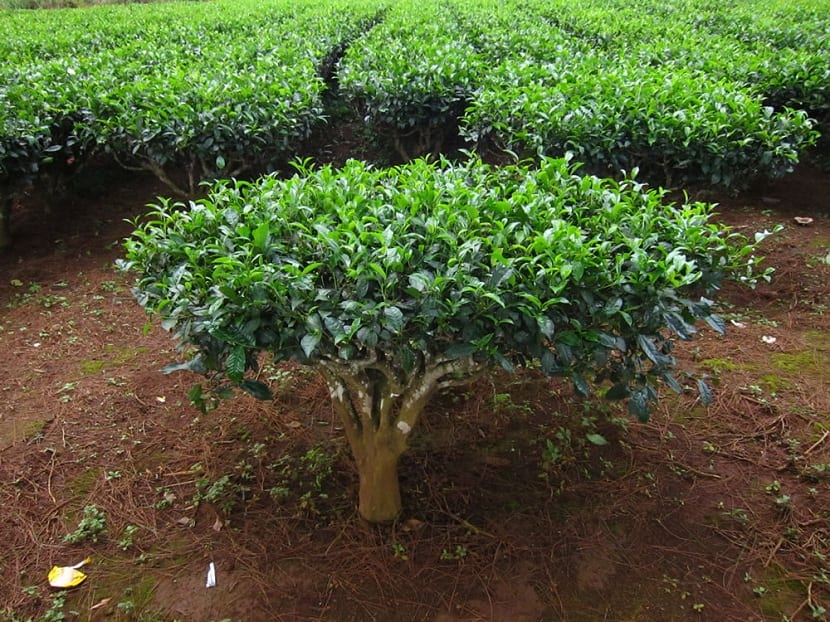
Among the varieties of camellia we meet the Camellia sinensis. It is known as the tea plant. Its leaves and stems are part of the ingredients used in traditional Chinese medicine. One of the characteristics that make it more special is that, depending on the date we collect the flowers, it will have a different flavor in the tea. This allows us to play with different flavors without having to have different plants. In addition, if we grow it at home, we can take advantage of its medicinal properties.
In this article you will know everything about the Camellia sinensis. We explain it to you in detail.
Key features
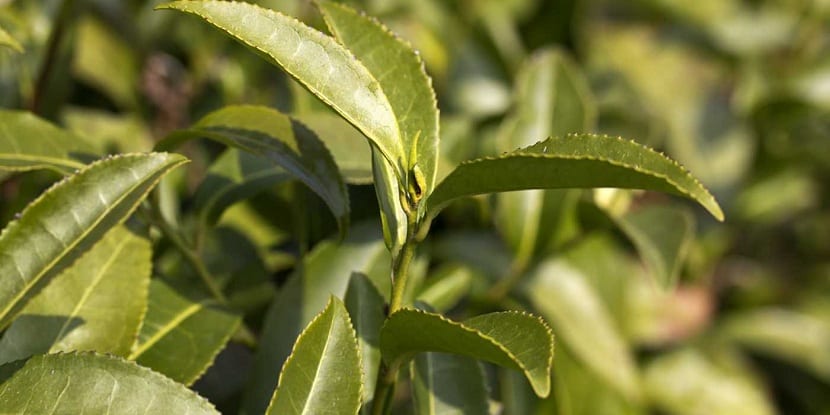
This plant has its origin in Asia. Hence, it is the basis of Asian medicine. NeverthelessToday it has been able to spread almost in any area, including the most tropical. This allows us to have no problems when it comes to growing it in almost any area of the world. Your garden is probably suitable to maintain the ideal conditions that the Camellia sinensis.
It is a plant that is considered more like a small tree or shrub. It is evergreen and we can do tea with them with a content of 4% caffeine. As we have mentioned in the introduction, different types of tea can be made depending on the time in which we harvest. You can have green tea, red, black, white, yellow tea, etc. What depends on whether one tea or another comes out is the degree of oxidation of the leaves and the time in which we make the harvest.
Best known varieties
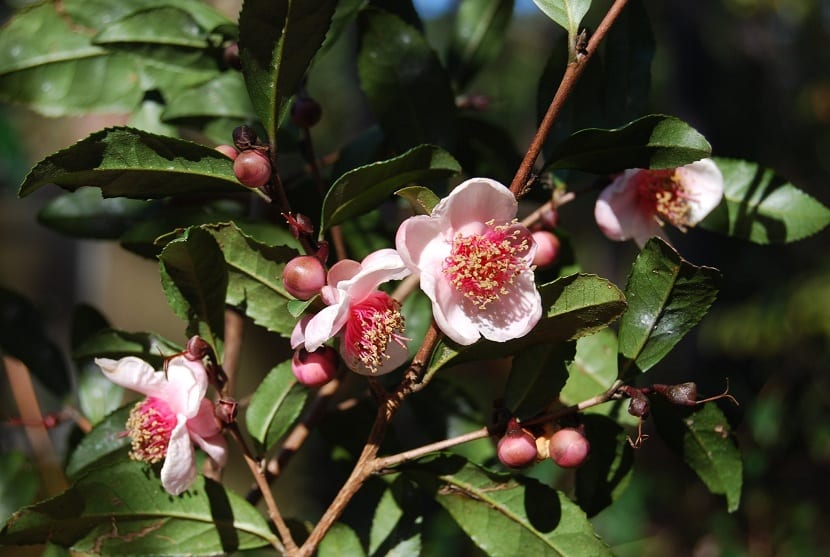
There are two varieties of the plant that are the best known. The first is Camellia sinensis sinensis, which is what Chinese tea is. It comes from China and grows faster if we grow it in cooler temperatures and at a higher altitude. This variety is normally grown on the slopes of the mountains where best results are obtained. They are used to make the sweetest and softest teas in which green tea and white tea stand out.
The other variety is Camellia sinensis assamica. This is what is known as Indian tea. Its origin comes from the Assam region in northern India. It grows best in a tropical climate where rain and warm temperatures are most abundant. This also makes the plant larger and that serve to make more robust teas such as black, oolong and pu-erh teas.
A third variety is known but it is less famous, since it is not used to make tea. Its name is Javanese shrub and the scientific name is Camellia sinensis cambodiensis. Although it is not used to make tea, it is quite used to be able to cross varieties of plants and get more different flavors.
Requirements of the Camellia sinensis
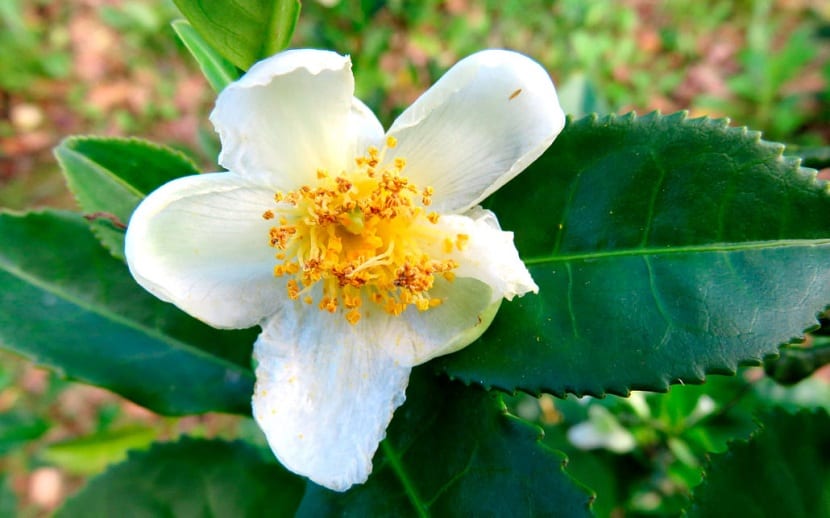
If we want to grow this plant in our garden to take advantage of its properties and other positive aspects, it will need to meet some requirements. The first thing is that the climate is humid or its irrigation conditions are favorable. If our climate is not too rainy, we can create a more humid environment so that it can develop more easily. If our climate is drier and rainfall is not so abundant, we can focus on creating more humid areas such as the undergrowth, with some species of larger tree that provides shade and watering with spraying also to maintain the humidity.
The correct location for this plant is the semi shade with a provision of sun of about 4 or 5 hours a day. As for the soil, it is best if it is slightly acidic. We can correct the soil if it is not acidic with a substrate of organic matter before planting it. You have to be careful with the issue of humidity because you cannot misinterpret the need for humidity with excess watering. We must in any case avoid the fact that, when watering, we are puddling the soil since that can damage the roots. If the soil becomes waterlogged it can cause rapid root rot.
Pruning and maintenance
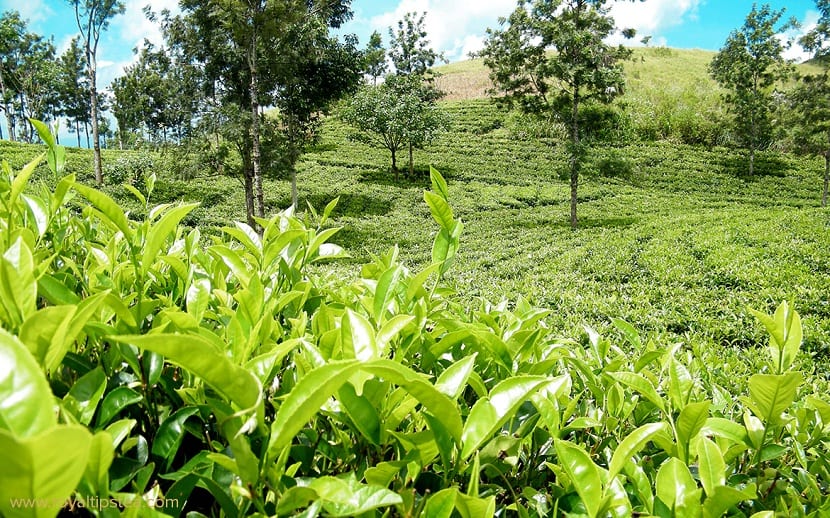
Once we have the most developed plant, the pruning and maintenance tasks will be focused on the objective we want to maintain. Pruning differs if we want it to prepare homemade tea or if we want it as an ornamental plant. Depending on it, there are two types of pruning:
- Formation pruning: it is carried out from the third year of growth. In it, some stems that have not grown well are corrected. The growth of new stems is also stimulated with pruning to balance the tree.
- Pruning every 5 years: This pruning is used to control the growth of the tree and is carried out every 5 years. It is most useful when we want the tree not to grow too tall. If we let the tree be too tall, it will make it difficult for us to harvest it to make tea. On the contrary, if you only want to have it as an ornamental tree, you can have a larger specimen that, in turn, will help itself to maintain higher humidity.
Maintaining growing conditions at all times is ideal so that the quality of the plant does not deteriorate over time. The soil needs not only moisture, but a good amount of nutrients. This we can give it through manure or compost. To maintain humidity we can pad the terrain to enhance both parameters.
Irrigation should be frequent and it will be increased in the summer season when temperatures are higher and the need for water increases. The indicator for re-watering is that the soil is drying out. Never allow it to fully water. If in summer, the land remains dry in just two days, we already know that it is the frequency of irrigation you need at all times.
If you grow it in your garden you can also take advantage of its properties antioxidants, anti-inflammatory, antidiarrheal and helps in the prevention of cardiovascular diseases.
I hope that with this information you can cultivate and enjoy the Camellia sinensis.
Hello, good morning, where can you buy some seedlings or seeds
Hi luciano.
Camellias sold in plant nurseries as well as on online sites. For example, you can get seeds from here.
Regards!